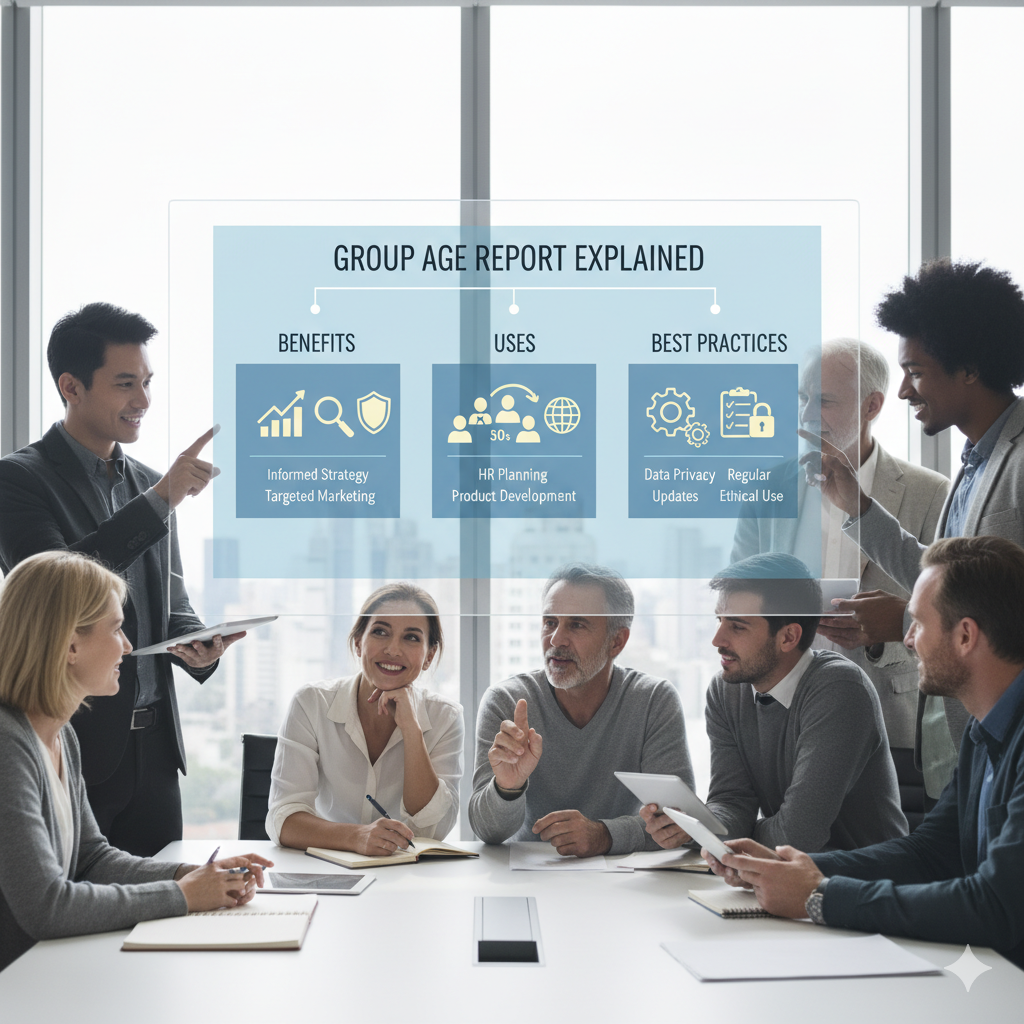Address
Kaypian, San Jose Del Monte City, Bulacan Philippines
Work Hours
Monday to Friday: 8AM - 6PM
Weekend: 10AM - 5PM
Address
Kaypian, San Jose Del Monte City, Bulacan Philippines
Work Hours
Monday to Friday: 8AM - 6PM
Weekend: 10AM - 5PM


Integrated HR. Accurate Payroll.


Integrated HR. Accurate Payroll.

Understanding the age distribution of your workforce is crucial for effective HR planning. An HRIS Group Age Report gives HR managers and business leaders a clear snapshot of employee demographics, making it easier to anticipate workforce needs, improve engagement, and stay compliant with labor regulations.
In this article, we’ll explain what a Group Age Report is, why it matters, and how you can use it effectively.
A Group Age Report is a built-in feature in many HRIS (Human Resource Information Systems) platforms that categorizes employees based on their age ranges.
For example, you might see employees grouped as:
This simple report helps HR quickly visualize the distribution of ages across the workforce.
A well-structured Group Age Report offers multiple advantages:
Here are common use cases where HR managers leverage the Group Age Report:
To get the most out of your HRIS reporting tools, follow these best practices:
The HRIS Group Age Report is more than just a demographic snapshot—it’s a powerful tool for workforce analytics and HR decision-making. By understanding employee age distribution, HR leaders can create better workforce plans, improve employee engagement, and stay ahead of compliance requirements.
Leverage this report regularly, follow best practices, and integrate it with other HR metrics to maximize its value for your organization.